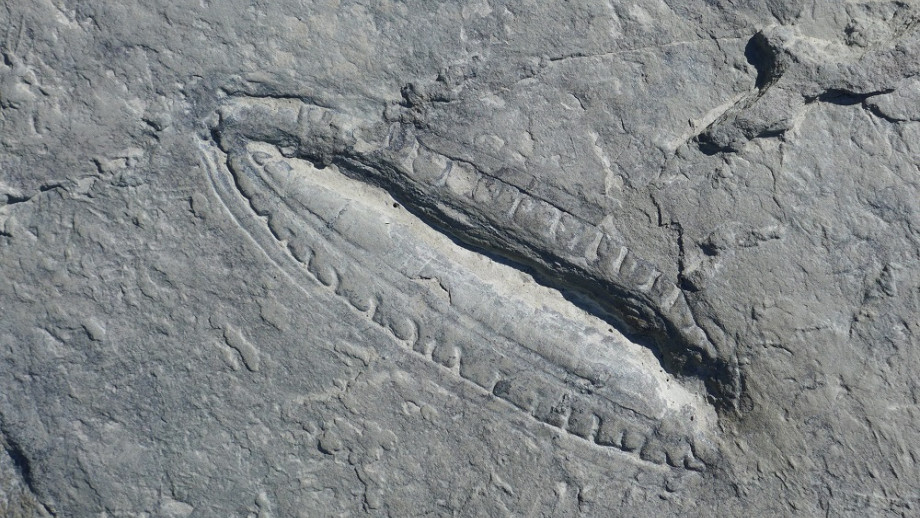The Ediacara biota was discovered in South Australia’s Flinders Ranges and is believed to be one of the world’s oldest large organisms, dating back to 575 million years ago.
Through scientific analysis and testing of the fossil, researchers were able to determine these creatures lived off a diet of bacteria and algae from the ocean floor.
From this, there were able to confirm the organism was a Kimberella, a slug-like creature that investigators say could eat and digest food the same way humans and animals can.
A similar discovery was made but this animal had no eyes, mouth or gut and grew up to 1.4 metres and is called a Dickinsonia, which was able to absorb food from the ocean floor through its body.
Dr Ilya Bobrovskiy, lead author of the study, said these discoveries have offered new insight to the lives of ancient animals.
“Our findings suggest that the animals of the Ediacara biota, which lived on Earth prior to the ‘Cambrian Explosion’ of modern animal life, were a mixed bag of outright weirdos, such as Dickinsonia, and more advanced animals like Kimberella that already had some physiological properties similar to humans and other present-day animals,” he said.
“Ediacara biota really are the oldest fossils large enough to be visible with your naked eyes, and they are the origin of us and all animals that exist today. These creatures are our deepest visible roots.”
The world’s oldest large organisms were "a mixed bag of outright weirdos" that ate bacteria and algae sourced from the ocean floor, new ANU research reveals.@anuearthscience @scienceANU https://t.co/1TS2BZLnmq
— ANU Media (@ANUmedia) November 23, 2022
It’s believed by scientists the algae diet of the Kimberella was a big reason as to why they grew so large, considering algae are full of nutrients.
“Scientists already knew Kimberella left feeding marks by scraping off algae covering the sea floor, which suggested the animal had a gut. But it was only after analysing the molecules of Kimberella’s gut that we were able to determine what exactly it was eating and how it digested food,” Professor Brocks, study co-author said.
“Kimberella knew exactly which sterols were good for it and had an advanced fine-tuned gut to filter out all the rest.
“This was a Eureka moment for us; by using preserved chemical in the fossils, we can now make gut contents of animals visible even if the gut has since long decayed.
“We then used this same technique on weirder fossils like Dickinsonia to figure out how it was feeding and discovered that Dickinsonia did not have a gut.”






